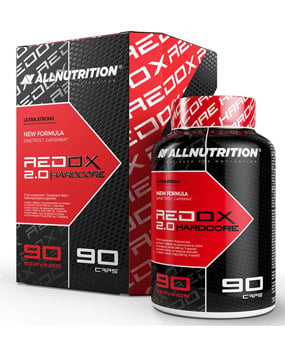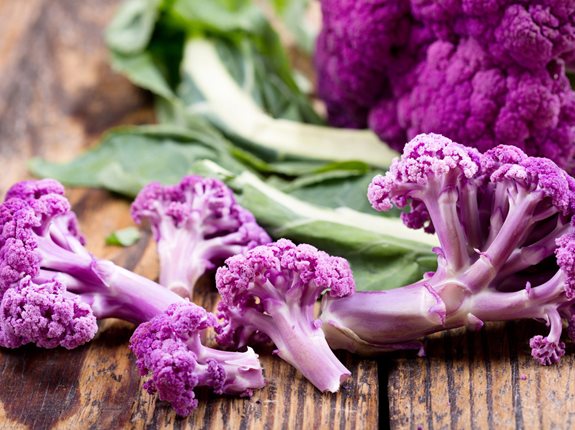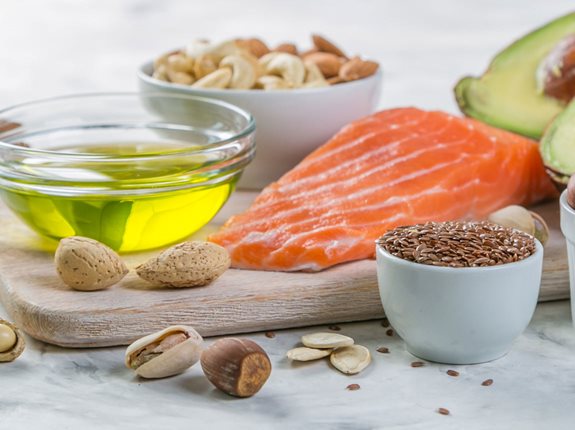-BETA-ALANINA - podstawy
-BETA-ALANINA - dawkowanie
Tutaj postaram się omówic – może mało istotny problem – ale jednak istniejący:
-czas wypłukania
Carnosine loading and washout in human skeletal muscles.
Carnosine (beta-alanyl-L-histidine) is present in high concentrations in human skeletal muscles. The oral ingestion of beta-alanine, the rate-limiting precursor in carnosine synthesis, has been shown to elevate the muscle carnosine content both in trained and untrained humans. Little human data exist about the dynamics of the muscle carnosine content, its metabolic regulation, and its dependence on muscle fiber type. The present study aimed to investigate in three skeletal muscle types the supplementation-induced amplitude of carnosine synthesis and its subsequent elimination on cessation of supplementation (washout). Fifteen untrained males participated in a placebo-controlled double-blind study. They were supplemented for 5-6 wk with either 4.8 g/day beta-alanine or placebo. Muscle carnosine was quantified in soleus, tibialis anterior, and medial head of the gastrocnemius by proton magnetic resonance spectroscopy (MRS), before and after supplementation and 3 and 9 wk into washout. The beta-alanine supplementation significantly increased the carnosine content in soleus by 39%, in tibialis by 27%, and in gastrocnemius by 23% and declined post-supplementation at a rate of 2-4%/wk. Average muscle carnosine remained increased compared with baseline at 3 wk of washout (only one-third of the supplementation-induced increase had disappeared) and returned to baseline values within 9 wk at group level. Following subdivision into high responders (+55%) and low responders (+15%), washout period was 15 and 6 wk, respectively. In the placebo group, carnosine remained relatively constant with variation coefficients of 9-15% over a 3-mo period. It can be concluded that carnosine is a stable compound in human skeletal muscle, confirming the absence of carnosinase in myocytes. The present study shows that washout periods for crossover designs in supplementation studies for muscle metabolites may sometimes require months rather than weeks.
http://www.ncbi.nlm.nih.gov/pubmed/19131472
15niewytrenownych osób przyjmowało 4,8g beta-alaniny przez okres 5-6tygodni
Wyniki:

Naukowcy podzielili te osoby na:
-osoby dobrze reagowały – poziom karnozyny wzrósł średnio o ~55% (40-70%)
-osoby, które słabo reagowały – poziom karnozyny wzrósł średnio o ~15 (5-20%)
U osób, które słabo reagowały na beta-alanine (mało podniósł się poziom karnozyny) – poziom wrócił do stanu początkowego po okresie ~6tygodni.
U osób, które dobrze reagowały poziom nadal nie wrócił do stanu wyjściowego po okresie ~9tygodni -> nadal był odrobinę podniesiony!
Poziom karnozyny zmniejszał się średnio o ~2-4%/tydzień.
Effect of two β-alanine dosing protocols on muscle carnosine synthesis and washout.
Carnosine (β-alanyl-L: -histidine) is found in high concentrations in skeletal muscle and chronic β-alanine (BA) supplementation can increase carnosine content. This placebo-controlled, double-blind study compared two different 8-week BA dosing regimens on the time course of muscle carnosine loading and 8-week washout, leading to a BA dose-response study with serial muscle carnosine assessments throughout. Thirty-one young males were randomized into three BA dosing groups: (1) high-low: 3.2 g BA/day for 4 weeks, followed by 1.6 g BA/day for 4 weeks; (2) low-low: 1.6 g BA/day for 8 weeks; and (3) placebo. Muscle carnosine in tibialis-anterior (TA) and gastrocnemius (GA) muscles was measured by (1)H-MRS at weeks 0, 2, 4, 8, 12 and 16. Flushing symptoms and blood clinical chemistry were trivial in all three groups and there were no muscle carnosine changes in the placebo group. During the first 4 weeks, the increase for high-low (TA 2.04 mmol/kg(ww), GA 1.75 mmol/kg(ww)) was ~twofold greater than low-low (TA 1.12 mmol/kg(ww), GA 0.80 mmol/kg(ww)). 1.6 g BA/day significantly increased muscle carnosine within 2 weeks and induced continual rises in already augmented muscle carnosine stores (week 4-8, high-low regime). The dose-response showed a carnosine increase of 2.01 mmol/kg(ww) per 100 g of consumed BA, which was only dependent upon the total accumulated BA consumed (within a daily intake range of 1.6-3.2 g BA/day). Washout rates were gradual (0.18 mmol/kg(ww) and 0.43 mmol/kg(ww)/week; ~2%/week). In summary, the absolute increase in muscle carnosine is only dependent upon the total BA consumed and is not dependent upon baseline muscle carnosine, the muscle type, or the daily amount of supplemented BA.
http://www.ncbi.nlm.nih.gov/pubmed/21847611
31 mężczyzn zostało podzielone na 3 grupy i przyjmowali:
1) 3,2g BA przez okres 4 tygodni + 1,6g BA przez okres kolejnych 4 tygodni (high-low)
2) 1,6g BA przez okres 8tygodni (low-low)
3) placebo
Po 0, 2, 4, 8, 12 i 16 tygodniach mierzyli poziom karnozyny w:
-mięśniu piszczelowym przednim (tibialis-anterior-TA)
-mięśniu brzuchatym łydki (gastrocnemius - GA)
Wyniki po 4 tygodniach:
-grupa 1) TA 2.04 mmol/kg(ww) i GA 1.75 mmol/kg(ww)
-grupa 2) TA 1.12 mmol/kg(ww) i GA 0.80 mmol/kg(ww)
-> czyli 2x więcej karnozyny było w grupie 1) (dawka 3,2g vs 1,6g)!
Końcowe wyniki:


Po 8 tygodniach poziom karnozyny w mięśniach jeszcze nie wrócił do stanu początkowego.
Nadal był zwiększony o ~20-30% u obu grup.
W tym badaniu poziom karnozyny zmniejszał się średnio o ~2%/tydzień.
***********************************************
Kolejne podobieństwo do kreatyny?
Okres przerwy w suplementacji potrzebny do wypłukania ‘związku’?
https://www.sfd.pl/Kreatyna__Czas_wypłukania_jak_dlugi_czas_przerwy_-t703114.html
A jeśli mowa o kretynie to wizualne porównanie obu ergogeników:

-kreatyna potrzebuje średnio 4tygodnie aby wrócić do stanu początkowego
-beta-alanina około 9tygodni
Zmieniony przez - solaros w dniu 2012-01-03 16:10:25
"Cóż jest trucizną?
Wszystko jest trucizną i nic nie jest trucizną, tylko dawka czyni, że dana substancja nie jest trucizną!".
BLOG: http://www.sfd.pl/t1033576.html


 Krzysztof Piekarz
Krzysztof Piekarz

 "
"




